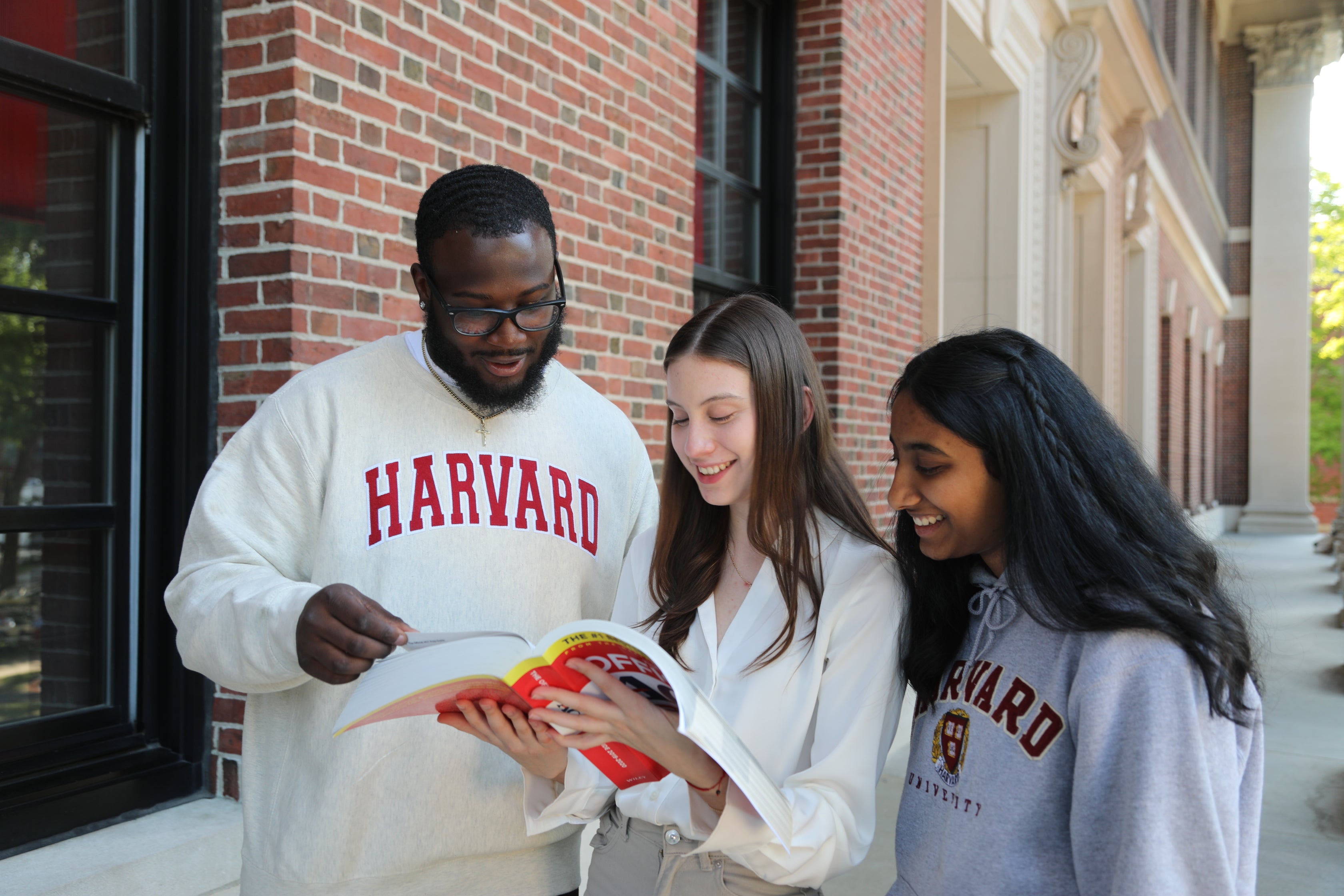ot everyone learns the same way, which is why certain study methods are more effective for some than others. We’ve framed the rest of our study tips by what type of learner they’re best suited for, so take the time to consider which type of learner you are and study accordingly.
Visual Learners: Do you love charts and diagrams? Have you ever drawn the connections between topics on a map? Are you great at visualization? Chances are you’re a visual learner! Check out our three favorite visual learning tips:
- The One Page Trick: Since visual learners thrive on being able to see their material, a great way to help yourself with that visualization is to write out all of your material onto one page. Don’t think you can squeeze it all within that limit? Prioritize the most important topics and terms so that when you’re in a crunch on test day, all of the most useful tools come to mind immediately.
- The Table Method: Especially for classes like history and English, it can be helpful to group together similar terms like historical figures or book characters and identify their key identifiers by setting them up in a table. For example, set up a table of all the major political figures that you need to know for your next history test and write down important dates, countries, and policies associated with each.
- Title Sequences: While a helpful tip regardless of what type of learner you are, titling your daily notes is especially helpful when you are trying to make your study guide more visually coherent. After every class, summarize the main topics that were covered in a few words so that you can easily organize your thoughts when it comes to building a study guide.
Auditory Learners: Do you prefer listening over reading? Have you ever had trouble studying while listening to music? Are you great at recognizing sounds? Chances are you’re an auditory learner! Check out our three favorite auditory learning tips:
- Story Time: Although it may require some extra creativity, aural learners tend to remember facts better when it’s been crafted into the form of a story. For example, instead of saying, “the capital of Arkansas is Little Rock,” try saying, “an ark and a saw sat on a little rock.” As silly as it seems, framing pure information into a whimsical tale will make it much more memorable than just repeating it over and over.
- Mnemonic Devices: In addition to whimsical stories, mnemonic devices can help aural learners remember the order and relationship between individual items in a group. For instance, rather than remembering that the order of operations is parentheses, exponents, multiplication, division, addition, and subtraction, a handy mnemonic device like Please Excuse My Dear Aunt Sally will make learning both faster and more fun.
- Audio Recordings: Aural learners rely on being able to hear information, so if you don’t have any videos or lesson recordings available to you, making your own can be just as helpful. Record yourself explaining a topic or walking through the steps of a problem and listen to it a few times before moving on to the next task. Furthermore, if you can find an audio book version of your textbook, you may find it helpful to listen to your readings when doing your homework and taking notes.
Verbal Learners: Do you love making conversation? Have you ever read something out loud to better remember it? Are you great at public speaking? Chances are you’re a verbal learner! Check out our three favorite verbal learning tips:
- Read Aloud: Though you probably don’t have the time to read your whole textbook out loud, try reading your notes and flashcards to yourself. The feeling of saying the words will aid you in memory retention when it comes time to repeat the information on the test. Just be sure not to speak on actual test day!
- Play The Teacher: One of the simplest ways to test whether you really understand material is to try and teach it to someone else. Grab a friend, a classmate, or even a stuffed animal, and practice teaching them what you’ve just learned. Even if you don’t have it down pat quite yet, the act of explaining the lesson will allow you to rehearse the sort of logic you’ll need to employ for the test as well as identify which parts you need to work on.
- Teamwork Makes The Dream Work: Verbal learners thrive off of their affinity for speech, so why not find people to speak to? Whether it’s a group of friends or classmates taking the same class, being able to discuss ideas and feed off of other voices will allow verbal learners to recall information. Furthermore, if you have a large amount of material to get through, divvying up the topics amongst a group and having everyone explain their own portion to each other can make studying more efficient. Just be sure to ask the teacher beforehand that group studying is permitted.
Kinesthetic Learners: Do you enjoy working with your hands? Have you ever acted an event out? Do you have great hand-eye coordination? Chances are you’re a kinesthetic learner! Check out our three favorite kinesthetic learning tips:
- The Pen is Mightier Than The Keyboard: Multiple studies have shown that writing notes out rather than typing is more effective for any form of information retention, but it’s especially important for kinesthetic learners. The act of writing vs reading or speaking will help kinesthetic learners process what they’re learning and commit it to memory.
- Show Your Work: There’s nothing more hands-on than doing a problem itself. When it comes to math and science problems, kinesthetic learners are particularly successful when they show their work, and can even take it one step further by writing down the reasoning behind every step of their thinking process in their notes.
- For Example: Kinesthetic learners love to practice things and experience them firsthand, so if you’re having trouble visualizing how to apply a certain topic or formula, come up with some go-to examples that you can work through in order to better understand how it works.
Looking for more subject-specific help? Sign up for private tutoring with a Harvard student tutor!





